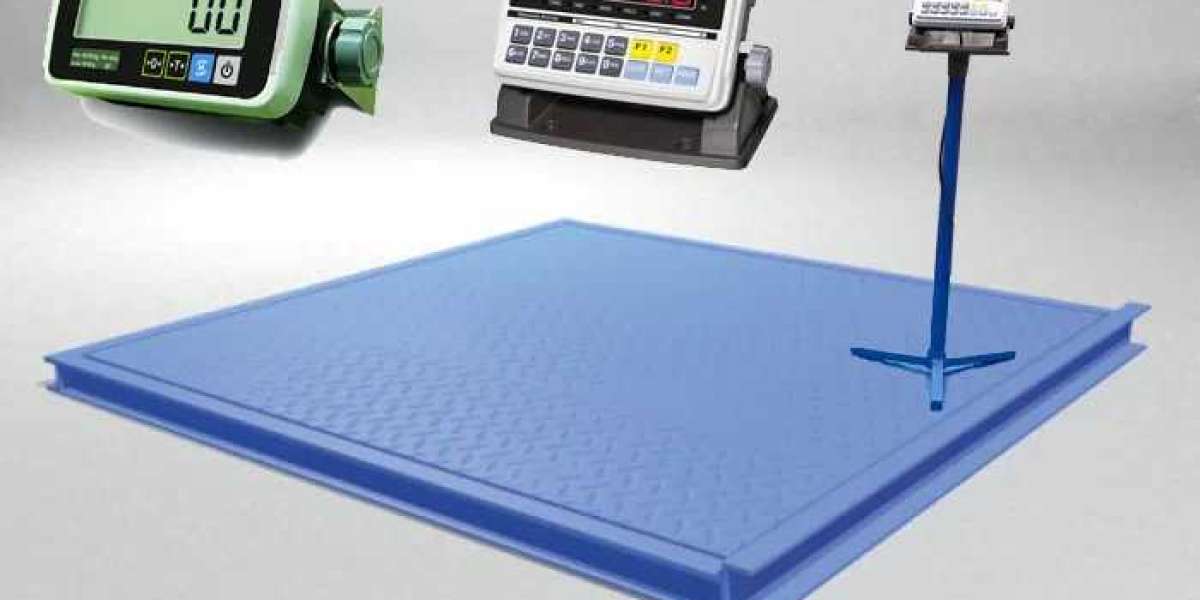Fume extractors play a crucial role in maintaining a safe and healthy environment in various industries, from welding workshops to laboratories and manufacturing facilities. These devices help remove harmful airborne contaminants, ensuring the well-being of workers and protecting equipment. However, selecting the right fume extractor can be a challenging task, as it depends on several factors specific to your application. In this comprehensive guide, we'll delve into the key considerations and factors you should keep in mind when choosing a fume extractor tailored to your needs.
- Identify Your Application
The first step in choosing the right fume extractor is to clearly identify your application. The type of fume and particulates generated in your workspace will dictate the specific requirements for your extractor. Some common applications include:
a. Welding and Metal Fabrication: For welding fumes, you'll need a fume extractor capable of capturing and filtering fine metal particles and gases. b. Chemical Laboratories: Laboratories dealing with chemicals may require extractors designed to capture hazardous vapors and toxic fumes. c. Woodworking: Woodshops benefit from extractors that handle wood dust and potentially harmful sawdust particles. d. Pharmaceutical or Cleanroom Environments: These environments need highly specialized extractors to maintain stringent cleanliness and air quality standards.
- Understanding the Types of Fume Extractors
There are various types of fume extractors available on the market, each designed for specific applications. Some common types include:
a. Portable Fume Extractors: These are suitable for smaller workspaces or mobile applications. They offer flexibility and can be moved easily to capture fumes at the source.
b. Stationary Fume Extractors: Ideal for larger workspaces with consistent fume generation. They are often ducted and provide continuous fume extraction.
c. Wet Scrubbers: Effective for removing particulates and gases. They use liquid (usually water) to capture and neutralize fumes.
d. Dry Scrubbers: Utilize a dry media (often activated carbon or other absorbents) to remove gases and odors from the air.
e. Downdraft Tables: These are workbenches with built-in fume extraction, ideal for applications like grinding and sanding.
f. Fume Hoods: Commonly used in laboratories, fume hoods are designed to contain and extract hazardous chemicals and fumes.
- Consider Airflow and Capture Velocity
Airflow and capture velocity are critical factors in effective fume extraction. The airflow rate should be sufficient to capture and transport fumes away from the source. The capture velocity depends on the type of contaminants and their potential to disperse in the air. High-velocity capture is essential for heavy, dense fumes, while lower velocities may be suitable for lighter contaminants.
- Filter Media and Efficiency
The choice of filter media depends on the type of fumes you're dealing with. Common filter media include:
a. HEPA Filters: Highly efficient for capturing fine particulate matter but may not be suitable for gas or chemical fumes.
b. Activated Carbon Filters: Effective at adsorbing gases, vapors, and odors.
c. Electrostatic Filters: Suitable for capturing fine particles and particulate matter.
d. Bag Filters: Often used in industrial applications to capture larger dust particles.
e. Pleated Filters: Provide a larger surface area for capturing particles and are used in various applications.
It's essential to choose the right combination of filters to address the specific contaminants in your workspace effectively.
- Noise Levels
Consider the noise levels produced by the fume extractor. Excessive noise can be a significant workplace hazard and cause discomfort for employees. Look for quieter models or, if necessary, consider noise-reduction features.
- Compliance and Regulations
Ensure that your chosen fume extractor complies with industry-specific regulations and standards. Different industries have different requirements for air quality and worker safety. Compliance ensures that your workplace meets legal obligations and protects employee health.
- Maintenance and Operating Costs
Factor in the maintenance and operating costs of the fume extractor. Regular filter replacement, energy consumption, and upkeep can add up over time. Choose a system that strikes a balance between efficiency and cost-effectiveness.
- Installation and Ducting
Consider the installation requirements and ducting for your fume extractor. Stationary extractors often require a fixed ducting system, which can be complex and costly. Portable extractors may offer more straightforward setup options.
- Test and Evaluate
Before finalizing your choice, conduct testing and evaluation of the fume extractor in your specific application. Ensure that it effectively captures and removes the contaminants and meets your requirements.
Conclusion
Selecting the right fume extractor is essential for maintaining a safe and healthy work environment. By identifying your application, understanding the types of extractors available, considering airflow, filter efficiency, noise levels, compliance, maintenance costs, and installation requirements, you can make an informed decision. Remember that the safety and well-being of your employees depend on your choice, so take the time to evaluate your options thoroughly and choose wisely.



